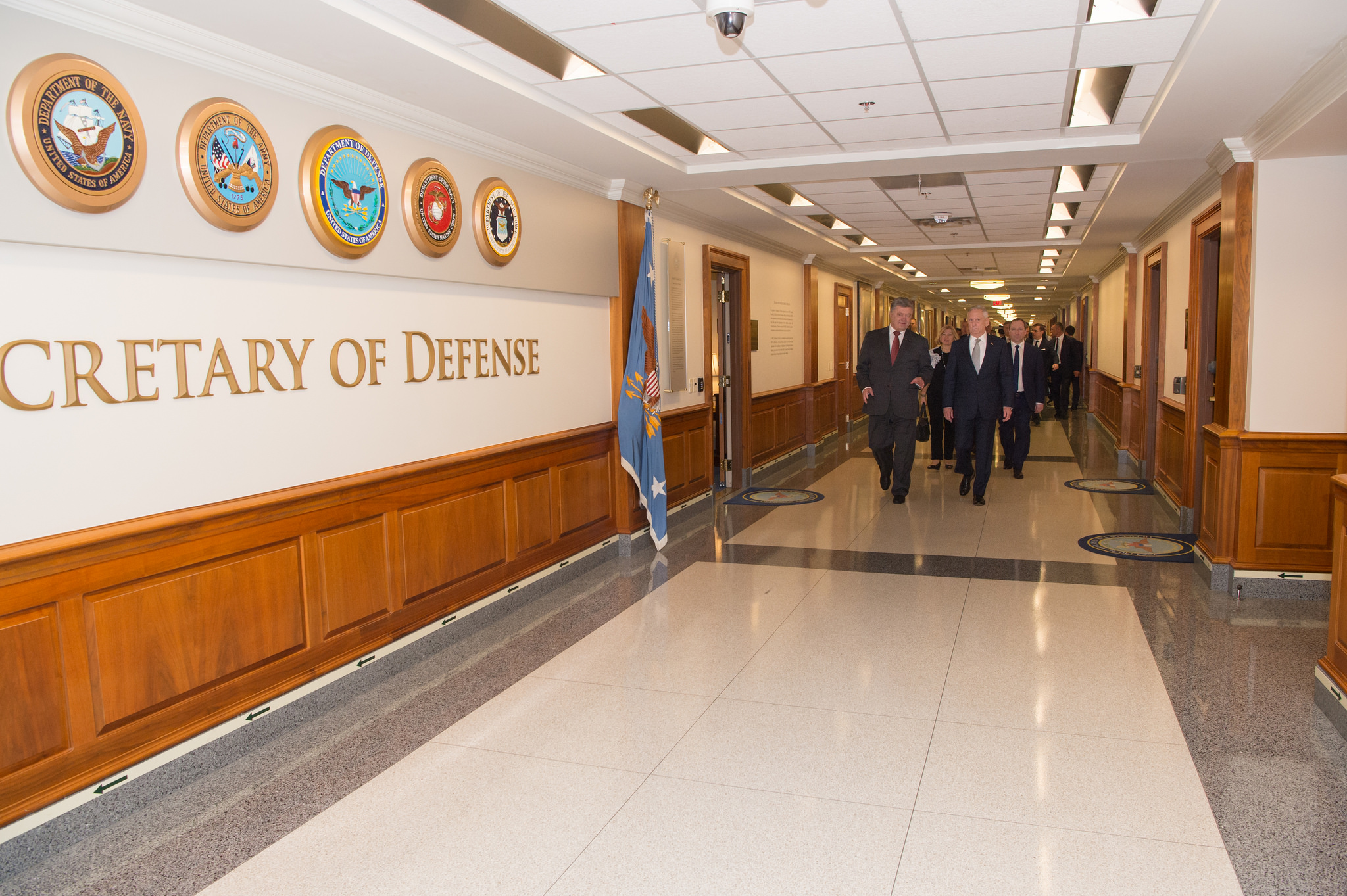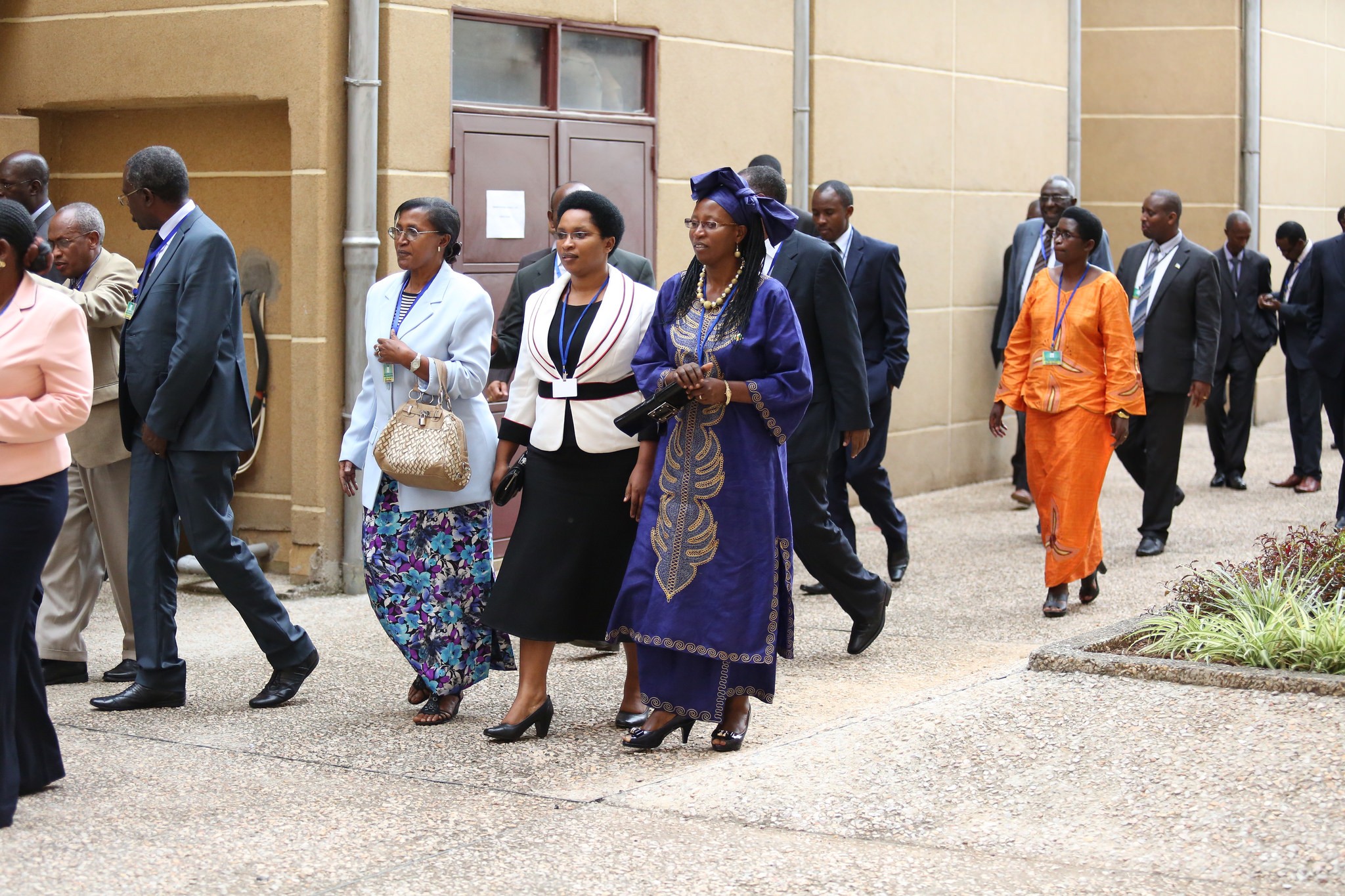By Evan Perkoski for Denver Dialogues, featuring Deborah Avant, Nader Hashemi, and Kirstin Brathwaite.
Last week, Secretary of Defense James Mattis met with the Senate Armed Services Committee to discuss ongoing developments in Afghanistan. During his testimony he provided a succinct, sobering assessment of the current situation: “We are not winning in Afghanistan right now and we will correct this as soon as possible.”
Secretary Mattis’ testimony comes on the heels of numerous reports suggesting a military resurgence by the Taliban, the former Afghan government that the United States deposed in 2001. Recently, for instance, they have increased their territorial holdings, primarily in the south, and have inflicted heavy casualities on Afghan security forces. Despite this, there is little evidence that President Trump has developed a strategy to rectify the situation and prevent the Taliban from returning to power. Instead, senior officials in the administration suggest that he has outsourced this responsibly to Secretary Mattis, giving him authority to to set troop levels in Afghanistan and to determine if more Americans should be sent abroad. This stands in stark contrast to President Obama, who required such decisions to first be approved by the White House.
To understand these developments, we asked several experts to weigh in and provide their own perspectives on the situation.
Deborah Avant
Director, Sié Chéou-Kang Center for International Security and Diplomacy, University of Denver
Under normal circumstances, President Trump’s outsourcing of decision-making to Secretary of Defense James Mattis should lead to greater usage of force. As Richard Betts showed years ago, military leaders are often reluctant to join a conflict, and they are more likely to use higher levels of force once they are in. It should also lead to lower levels of integration between force and other tools of US policy. A wide range of studies have shown civilian leadership to be key to this sort of integration. Using more force, of course, means a higher potential for military and civilian casualties (civilian casualties have already increased dramatically under Trump and with relaxation of intelligence assessments we should expect continued increases even without escalating force levels and use). Also, the use of force alone rarely yields positive outcomes; the integration of force with other policy tools is a key feature of military effectiveness. These two combined should increase the risks associated with US policy while lowering its potential for effectiveness. These are not normal circumstances, though, so the impact of greater White House attention might make things even worse.
Evan Perkoski
Postdoctoral Research Fellow, Sié Chéou-Kang Center for International Security and Diplomacy; Assistant Professor, University of Connecticut
Reports suggest that Secretary Mattis is hoping to reinforce Afghanistan with an additional 5,000 troops, adding to the nearly 9,800 troops already in-country. Although policymakers have done little to clarify what role these troops will play, they will likely advise and train their Afghan counterparts. Yet, sending troops to Afghanistan without a coherent, long-term strategy is potentially dangerous, especially when that decision is left up to military commanders.
While such a limited mission might temporarily stem Taliban gains, it is a short-term solution intended to rectify a long-term, complex problem. Indeed, the issues most plaguing Afghanistan seem to be political, not military, and research suggests that winning a counterinsurgency war requires massive investments of troops and of money that far exceed current levels.
Thus, the Trump Administration should ask itself two questions: first, what outcome are we trying to achieve in Afghanistan, and what strategy will we implement towards that end? And second, what happens if our current plan of sending 5,000 troops doesn’t work, or only works temporarily? Without answers to these questions – answers that might guide their decision-making – the administration is edging towards the possibility of mission creep and ever-increasing troop levels with no clear end in sight. This is a dangerous situation that the US would be wise to avoid.
Nader Hashemi
Associate Professor and Director of the Middle East Center, Josef Korbel School of International Studies
The United States has been in Afghanistan for 16 years at the cost of $700 Billion. It is the longest war in American history, and as Secretary James Mattis recently summarized: “We are not winning in Afghanistan right now.”
Is the answer more troops and more 21,000-pound (MOAB) bombs like the one dropped on the Spin Ghar mountains on April 13? This seems to be the Trump-Mattis strategy. It will not produce results.
What is needed now is a conscientious pause and a policy re-assessment. Focusing on counter-terrorism has not worked. The Taliban now controls one-third of the country; ISIS has a foothold; the Afghan army has a 33 percent desertion rate and the Ghani government is broken, riddled with massive corruption, infighting, and illegitimacy.
The authoritative advice of Ahmed Rashid, who has written extensively on the topic, strikes me as sound. What is needed today is a new “overarching political strategy, which should include dialogue and diplomacy to deal with the problems that Ghani faces, as well as a regional strategy to counter external support for the Taliban” that comes primarily from Pakistan.
The tragedy of Afghanistan is there is no-one in the Trump Administration that is willing to heed Rashid’s advice and more bombs will only drive more Afghans into the hands of the Taliban/ISIS.
Kirstin Brathwaite
Assistant Professor, Michigan State University
The choice to leave decisions about troop levels to the Pentagon should be seen in the broader context of foreign policymaking in the Trump Administration. While Mattis himself has acknowledged that we are currently in a “strategy-free period” in Afghanistan, there is also increasing tension over US goals in Syria, and the State Department – already short-staffed – is facing the probability of severe budget cuts. None of this bodes well for American foreign policy.
Delegating deployment decisions to the Pentagon, however, is part of a wider pattern of the administration handing more and more foreign policy power to military leaders. This is an alarming trend for two reasons. First, research on civil-military relations suggests that while military leaders are less inclined to start a conflict than civilians, once the conflict begins they are more likely to escalate by recommending the use of major force. Thus, allowing the Pentagon to make deployment decisions almost guarantees a significant increase in US presence and, in the absence of a broader strategy, such increases are problematic. Second, the military tends to make decisions based on its own understanding of what is “combat effective.” That understanding is not necessarily compatible with the necessary political solutions to a conflict or with domestic political circumstances.
In the long run, entrusting the Pentagon with this much foreign policy decision-making is hardly a sustainable solution. And if the troop increase does not lead to victory, the military will likely bear responsibility for the failure.








1 comment